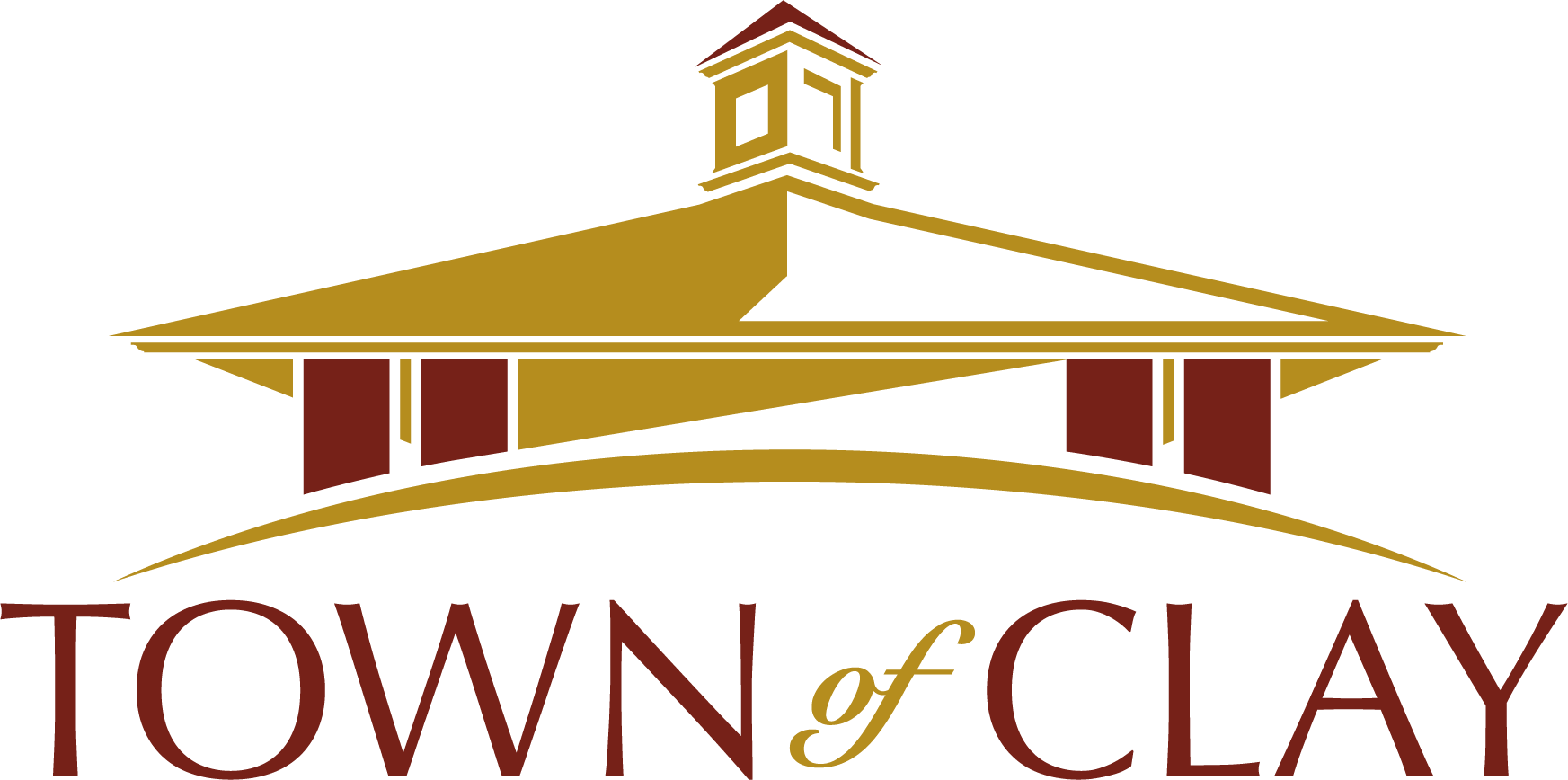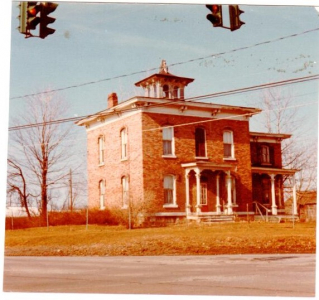Clay and CanalsPosted on June 4, 2021 |
Image
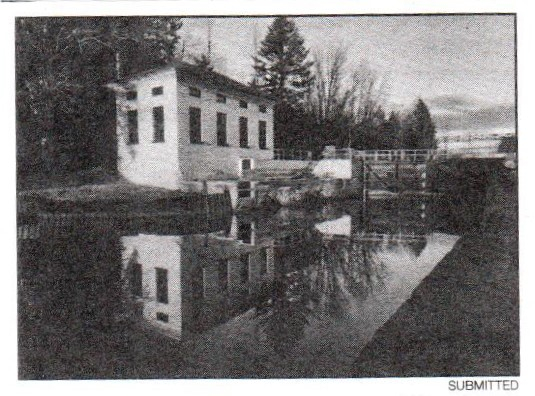
|
HISTORY MYSTERY: Clay and Canals
There is no doubt that the state canal system was a major influence in the development and prosperity of the state, the country and the Syracuse area, including the township of Clay and the other small municipalities of the state.
Actually, George Washington was the father of not only our country but also the father of the American canals. After the Revolutionary War and even before peace was declared, Washington was making plans to improve the streams, mainly Wood Creek, to allow for improved water traffic (1791). People wanted to move inland, but bringing in supplies and carrying out products, was accomplished at heavy expense and great risk – covered wagons and rough or non-roads. Something better was needed to open the west to settlers and provide a cheap and safe way to carry produce and farm products to market.
Finally, DeWitt Clinton’s dream to link the Atlantic Ocean with the Great Lakes was begun in 1817. This four-foot deep, 40-foot wide canal that could accommodate boats carrying 30 tons was opened on October 26, 1825. Although the canal passed through Syracuse several miles south of small hamlets as Belgium, Euclid, Clay Corners, Dutch Settlement, Podunk, Liverpool, and many others, it still had a great influence on their growth. Products could be taken to Syracuse and supplies brought back by wagon in a day. It was so successful, several lateral canals were constructed. The canal that benefited Clay the most ran from near Rome to Oneida Lake to the Oneida River to lessen the congestion in Syracuse. It connected to the Oneida River that ran all around Caughdenoy and the future Horseshoe Island to Three Rivers and down the Oswego River to Onondaga Lake.
In 1903, work was begun on “ocean barge” canal rather than an ocean “ship” canal because it would be cheaper to transfer the cargoes at the end of the canal. In 1907, a contract for 46.73 miles of excavation from Oneida Lake to Mosquito Point was awarded at a cost of $3,392,834. Local residents remember those dredges sucking up the dirt and stones like a vacuum cleaner pumping it to shore. On the shore there were steam shovels transferring it to a dumping ground for fill. Behind my farm is a levy where the debris was dumped.
Although the barge canal followed many natural waterways, it did make cuts. One was across Caughdenoy forming a large “island.” The most famous was the cut that formed what the locals call “Horseshoe Island.” This occurred in 1916, cutting off the few farms and summer camps for a short time until a one-lane bridge was built. A ferry was used until then. Eventually the old bridge was torn down and a new one built. Farms on Bonstead Road were cut in half, leaving “dead land” on Horseshoe Island, which is still there in some places to this day. The photo shows the lock control station built for Lock 23 on the Barge Canal in Clay. There is a beautiful free park open to the public where one may watch the boats from all over the world pass through the lock.
There is no doubt the Barge Canal boosted the economy everywhere it passed with large boats to carry products and raw materials. Packet boats carried tourists on sightseeing trips and to resorts. City dwellers had an inexpensive way to see the country sides. We mustn’t forget the famous eel fishing industry, which came to an end. Today, railroads and their large freight trains, improved roads with large trucks, and airplanes that could get the goods and people there faster ended the commercial use of the canal system. Today its main use is for leisure enjoyment. Mainly boating from fishing boats to luxury cruisers.
Dorothy Heller, Historian
6-4-21
Other
History Mysteries
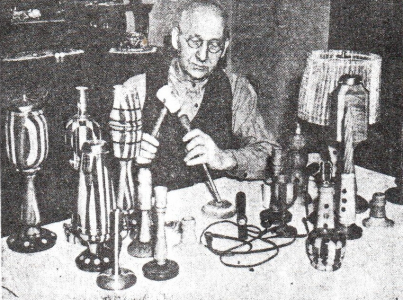
Charles Dence and His Lamps
History Mystery | Sep 17, 2020
HISTORY MYSTERY: Charles Dence and His Lamps
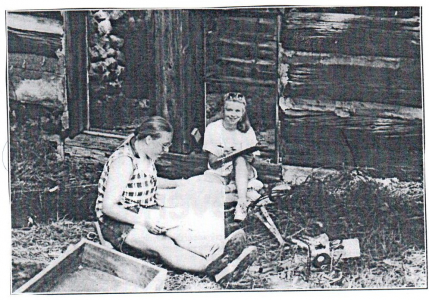
Clay Archaeological Digs
History Mystery | May 20, 2021
HISTORY MYSTERY: Clay Archaeological Digs
